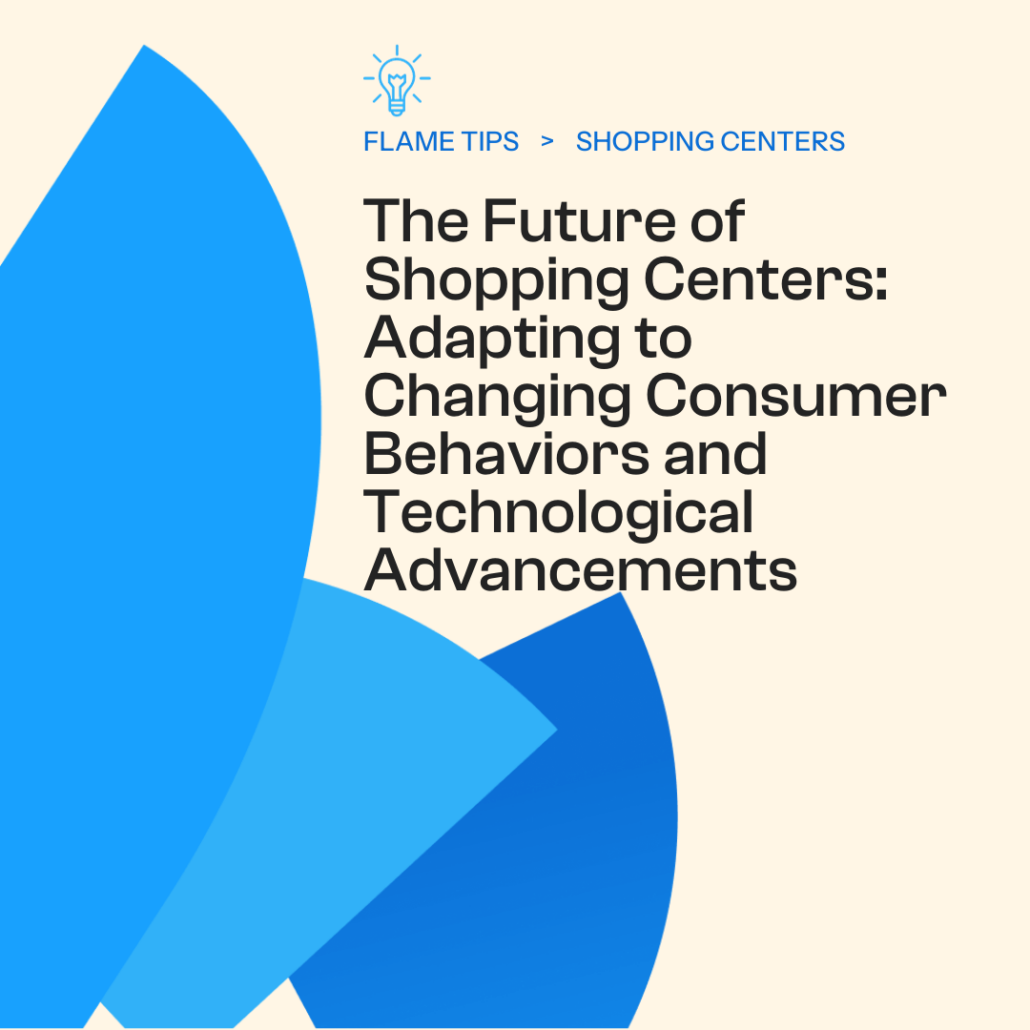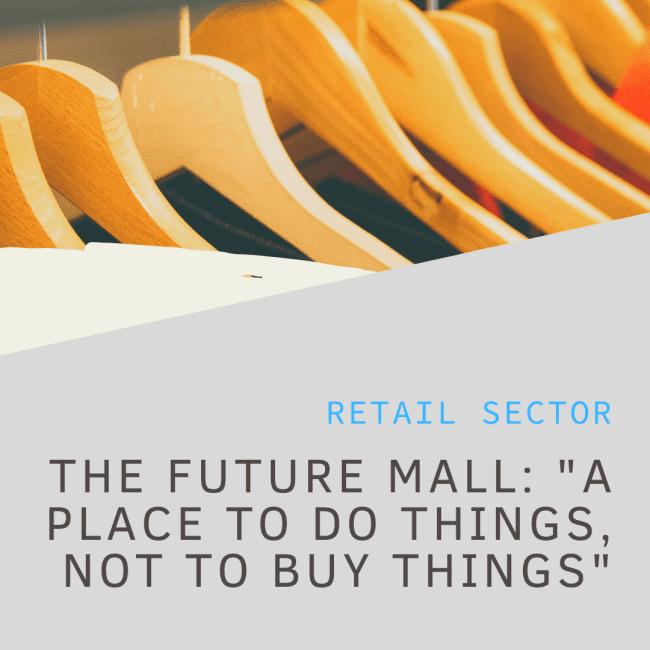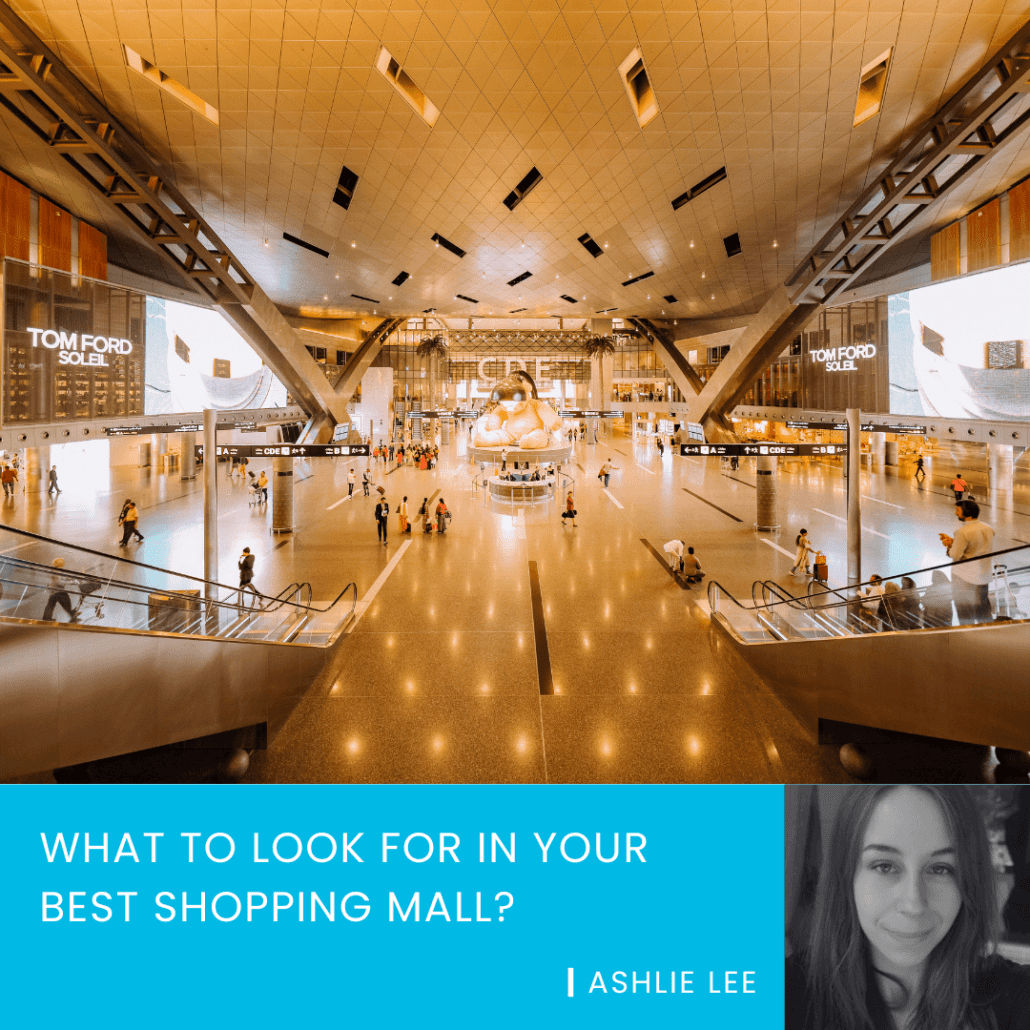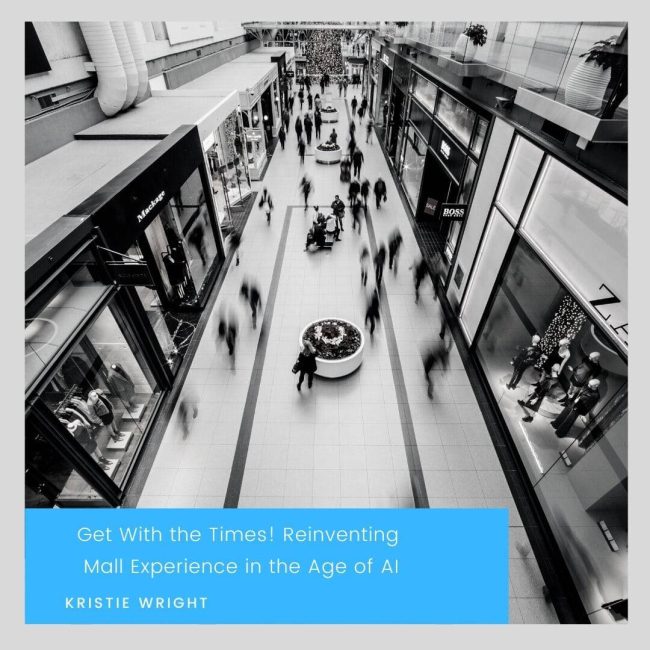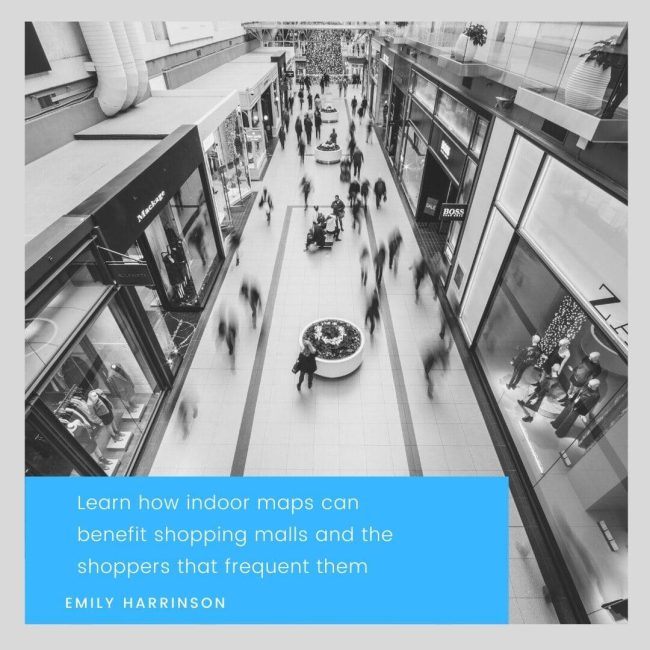In an era marked by rapid technological advancements and shifting consumer behaviors, the traditional shopping center has found itself at a crossroads. The once-thriving hub for retail, entertainment, and social interaction must now evolve to meet the changing consumer preferences. As we navigate the post-pandemic landscape and embrace the digital age, shopping centers are being forced to reinvent themselves to remain relevant and enticing.
This article explores the key trends shaping the future of shopping centers and how they are adapting to meet the modern consumer preferences.
Key trends to understand customer preferences
Embracing Technology
The integration of technology is one of the most significant changes in the shopping center landscape. Augmented reality (AR) and virtual reality (VR) experiences have made their way into shopping centers, allowing consumers to virtually try on clothes, test products, or even tour potential apartments in mixed-use developments. Mobile apps provide personalized shopping recommendations, and contactless payment options have become the norm, promoting a safer and more convenient shopping experience.
Mixed-Use Developments
To create a more immersive and multifaceted experience, shopping centers are increasingly incorporating residential, office, and entertainment spaces. This trend helps maintain foot traffic throughout the day, making shopping centers a destination not just for purchases, but also for work, leisure, and living. It fosters a sense of community and encourages repeat visits.
Sustainability and Eco-Friendliness
Modern consumers are more conscious of environmental issues than ever before. Shopping centers are adapting by incorporating sustainable building practices, energy-efficient technology, and green spaces. They are also encouraging tenants to adopt eco-friendly practices. Consumers increasingly seek out businesses that align with their values, and eco-friendly shopping centers can attract a more environmentally conscious clientele.
Personalization and Data-Driven Insights
Data analytics are becoming essential in understanding consumer preferences. Shopping centers are leveraging data to tailor experiences, promotions, and tenant mixes to suit local demographics and consumer trends. By offering personalized shopping experiences, these centers can enhance customer loyalty and satisfaction.
Curated Tenant Mix
Gone are the days when a shopping center was just a collection of stores. Now, centers are carefully curating their tenant mix to create a unique and appealing atmosphere. Pop-up shops, artisanal markets, and local businesses are becoming staples alongside traditional retailers, providing shoppers with a diverse and engaging selection.
Entertainment and Events
Shopping centers are transforming into entertainment destinations. They host events, concerts, art installations, and food festivals to attract a wider audience. By offering a variety of experiences beyond shopping, they become places where people want to spend their time and make memories.
Omnichannel Retail
Successful shopping centers are integrating physical and digital retail seamlessly. They offer click-and-collect services, in-store pickup, and endless-aisle options. The goal is to create a shopping ecosystem where customers can switch between online and offline shopping channels effortlessly.
Adapt to customer preferences
The future of shopping centers lies in their ability to adapt to changing consumer preferences and embrace the digital age. By leveraging technology, incorporating sustainability, personalization, and entertainment, and reimagining their tenant mix, shopping centers can remain vital hubs of economic and social activity.
These adaptations not only cater to the evolving needs of modern consumers but also position shopping centers as vibrant, community-centric spaces that will continue to thrive in the years to come.
As we move forward, the shopping center’s transformation is not just about survival but about redefining what it means to shop and connect in a dynamic, ever-changing world.
